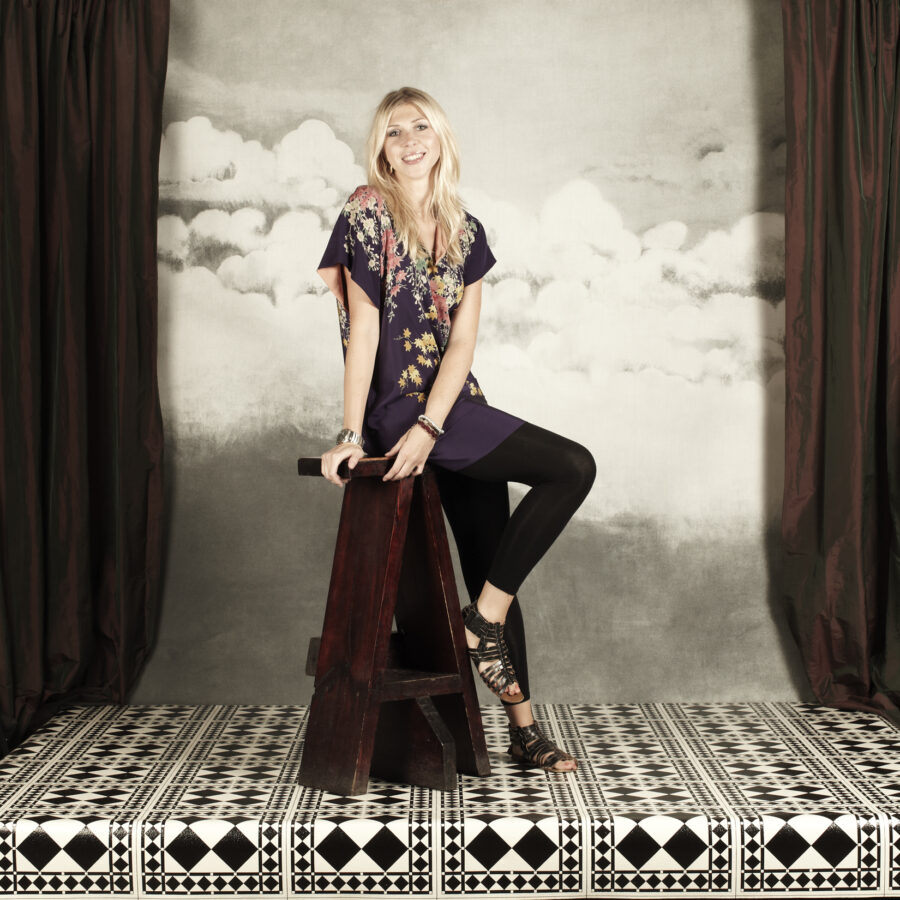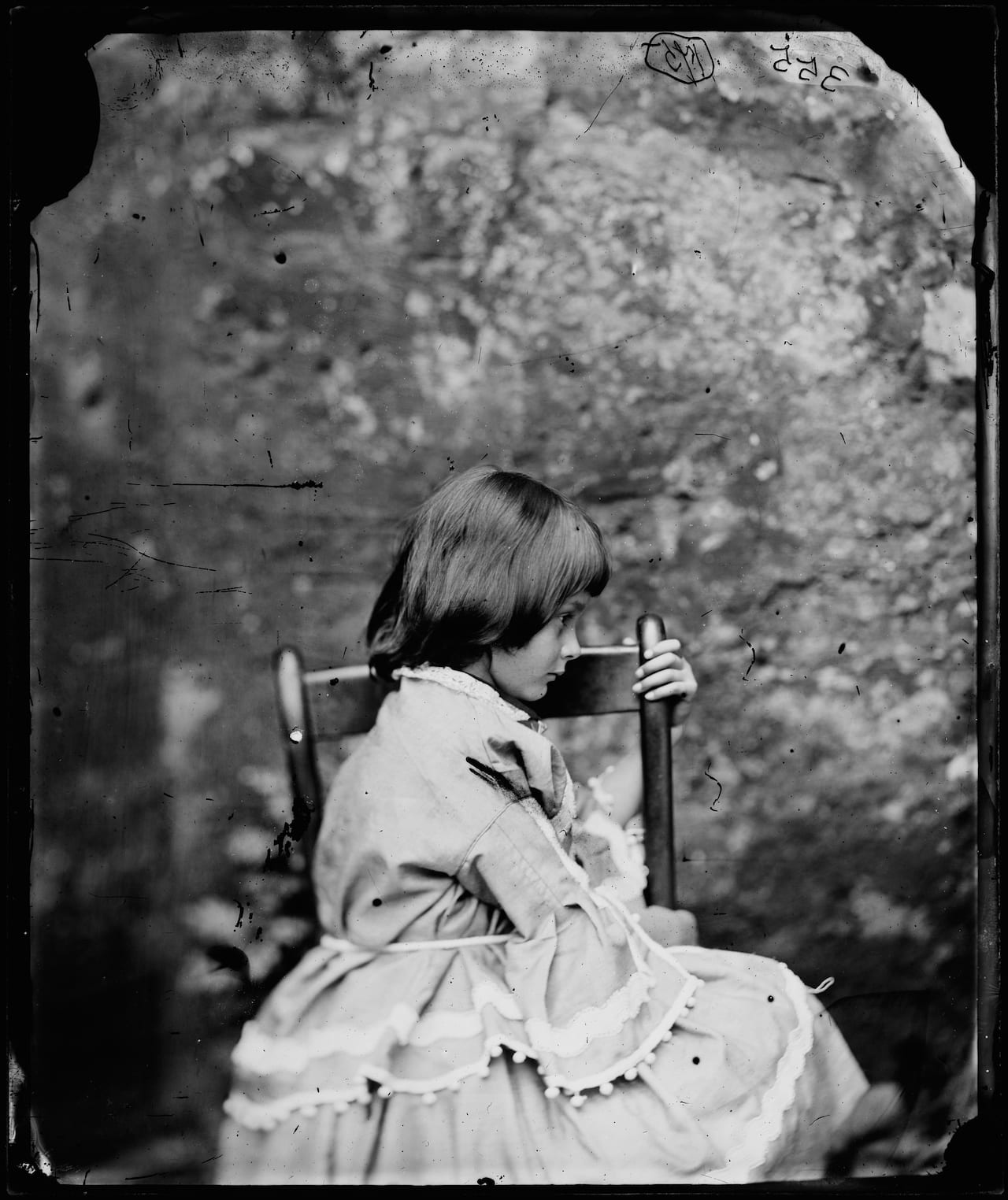Ahead of a new show pairing Francesca Woodman and Julia Margaret Cameron, we get to know the National Portrait Gallery’s senior curator of photographs


Ahead of a new show pairing Francesca Woodman and Julia Margaret Cameron, we get to know the National Portrait Gallery’s senior curator of photographs

London’s National Portrait Gallery is no longer taking a £1m gift from the Sackler Trust, amid growing controversy over the trust’s links to Purdue Pharma – makers of the OyxContin prescription painkiller which has been linked to the opioid crisis.
The £1m gift was to support the gallery’s Inspiring People initiative, a £35.5m project which would see the biggest-ever building development of the gallery since it opened in 1896. The NPG has stated that it has jointly agreed not to proceed with the gift with the Sackler Trust, and has issued two statements.
“The Sackler Trust has supported institutions playing crucial roles in health, education, science and the arts for almost half a century and we were pleased to have the opportunity to offer a new gift to support the National Portrait Gallery,” reads the first statement, from a Sackler Trust spokesperson. “The giving philosophy of the family has always been to actively support institutions while never getting in the way of their mission.

When the Portrait Gallery was established in London in the mid-19th century, its role was envisioned “to consist of those persons who are most honourably commemorated in British history”. Opening in an era when photography was still a new and untried technology, the National Portrait Gallery (as it later became known) was intended to be the national repository of the images, chiefly paintings and drawings, of those men and, much later, women who represented what was best among the British hierarchy of achievements, skills and aptitudes. Its function was to hold up a mirror to Britain that reflected its qualities back to those who came to observe them, as object lessons about how to aspire to, or more simply respect, the qualities and moral standing of the great and the good.
This conception of the NPG may still be widespread in the public mind, as even Martin Parr thought his work would be an ill-fit for a contemporary exhibition along these lines. “I never thought of myself as a portrait photographer,” he says, “and when I first met Phillip Prodger [NPG’s former head of photographs], I told him I had only a few celebrity portraits. I just put a lightbox together and sent them to him, though I was quite surprised at what I had.” Prodger, however, had other ideas, seeing in Parr the work of a social observer who could also offer a portrait of a nation at a key point in its history. So it is that the NPG put together Only Human, on show from 07 March to 27 May, bringing together some of Parr’s most famous photographs alongside a number of works never exhibited before.

London’s National Portrait Gallery has revealed the first images of its proposed new design, part of a £35.5m redevelopment which is the biggest-ever at the building since it opened in 1896, and which would increase its gallery space by 20%.
The design, by Jamie Fobert Architects, proposes adding a new visitor entrance and public forecourt on the building’s north face, in addition to the existing entrance; it would also return the gallery’s East Wing to public use, and add new retail and catering facilities, and a new Learning Centre for visitors. The redevelopment would also see the gallery’s collection – which includes 250,000 photographs – redisplayed and reinterpreted across 40 refurbished galleries.

Photographs of a woman holding her baby, two shoppers, a drum majorette, and a child from a remote village in Sierra Leone have all been shortlisted for the National Portrait Gallery’s prestigious Taylor Wessing Photographic Portrait Prize this year. The prize winners will be announced at an award ceremony at the NPG on 16 October, with the overall winner receiving £15,000 and other cash prizes awarded to the shortlisted photographers at the judges’ discretion.
Two of the images were shot in London, with Max Barstow behind a striking photograph of two women in a busy shopping street in the city centre. The image comes from his series Londoners and in it, he says, his aim has been to “make unposed portraits with the intensity of images made by great studio photographers such as Richard Avedon and Irving Penn”.

“When people think of Victorian photography, they sometimes think of stiff, fusty portraits of women in crinoline dresses, and men in bowler hats,” says Phillip Prodger, head of photographs at the National Portrait Gallery. “Victorian Giants is anything but. Here visitors can see the birth of an idea – raw, edgy, experimental – the Victorian avant-garde, not just in photography, but in art writ large. The works of Cameron, Carroll, Hawarden and Rejlander forever changed thinking about photography and its expressive power. These are pictures that inspire and delight. And this is a show that lays bare the unrivalled creative energy, and optimism, that came with the birth of new ways of seeing.”

“This image documents a transcendental fact in the life of the person portrayed: Amadou had just been rescued from the sea by a European vessel,” says Dezfuli. “Apparently his dream is fulfilled. However, fear, mistrust and uncertainty are present, as well as determination and strength.” For his series, Passengers, photographer Cesar Dezfuli took a sequence of 118 photographs in 120 minutes as a boat load of refugees were rescued just off the coast of Libya. These people had journeyed from different countries looking for a better future in Europe.